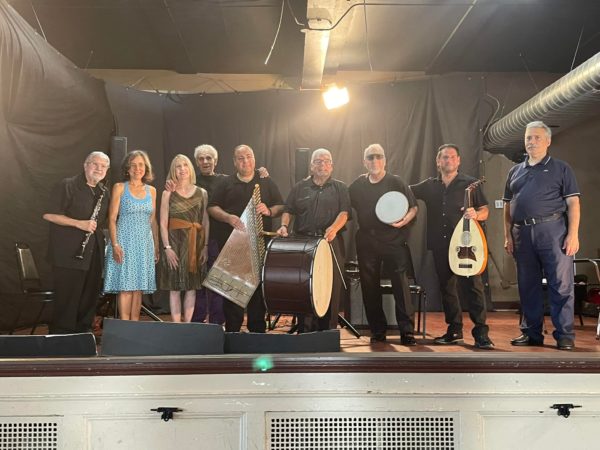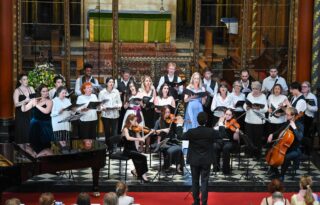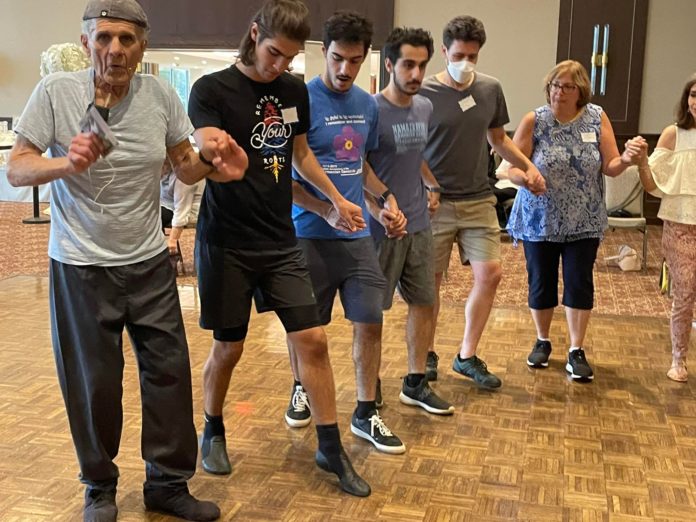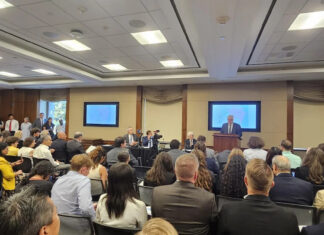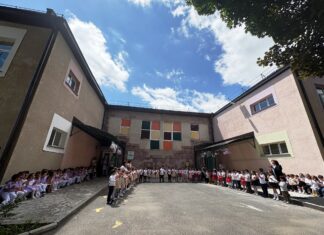DETROIT — The weekend of August 11-14 marked the second meeting of the group of folk dance experts led by Tom Bozigian of California to document authentic Armenian folk dances that were brought to the US from Western Armenia and elsewhere in the Ottoman Empire by the original Armenian immigrant generation.
The group, who meet frequently over Zoom, had their first in-person meeting in Boston last August. The purpose of the meetings is to film instructional videos of the dancers performing these traditional folk dances accompanied by live music. Bozigian, 84, grew up learning the dances from the original immigrants in the Fresno area. While his mother’s family hailed from Kharpert in Western Armenia, having a father who was an immigrant from the Gyumri region of current-day Armenia meant he was exposed to both Eastern and Western Armenian culture his entire life. He pursued a career as an expert in folk dance and also studied in Soviet Armenia with experts there.
Bozigian is considered the preeminent scholar of Armenian folk dances that reached the US from Historic Armenia. The American-Armenian community, for various historical reasons, has been the home of the strongest folk-dance tradition outside of present-day Armenia; not only that, but a multitude of dances from Historic Armenia survived here which did not get passed down in present-day Armenia. With the generations that brought these dances over now gone and the community in its 4th and 5th generation, many of these dances are being lost to time. The preservation of this heritage is the purpose of the dance project. The dance teachers found a sponsor in Houshamadyan, the Berlin-based organization led by historian Prof. Vahe Tachdjian, whose purpose it is to document the heritage of Armenians in the Ottoman Empire.
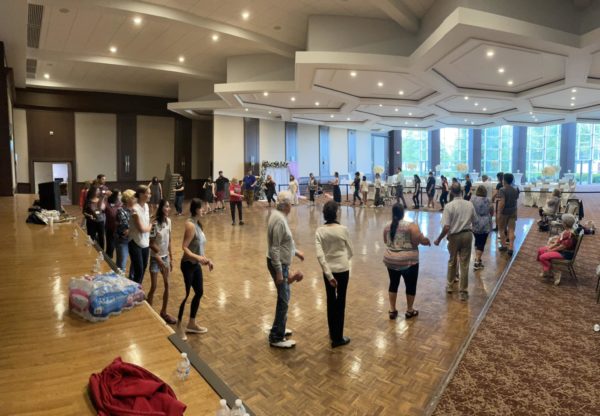
In addition to Bozigian and his wife, Sheree King, the other experts of this style of dance have assembled, including Gary and Susan Lind-Sinanian of the Armenian Museum of America (Watertown, MA), Robert Haroutiunian, leader of the Aradzani Dance Group in New York, and Carolyn Rapkievian (Bar Harbor, ME) who spent many years with the Smithsonian in Washington, DC, and is the coordinator of the group.
Bozigian, King, Haroutiunian, and Rapkievian met in Michigan where they spent two days filming at ballroom of the old “Hye Getron,” (Findlater Building) in Southwest Detroit. The building, which started life as a Masonic Lodge before being purchased by the Armenian Revolutionary Federation (ARF) in the early 1940s, was known as the “Hye Getron” for two decades, housing the ARF’s “agoump” (clubhouse), ballroom, and the St. Sarkis Church. In the 1960s, the hall was sold and the ARF-affiliated community bought new property in Dearborn. Currently an event space and banquet hall (El Bosque Salon) serving the large Hispanic population of what is now known as Mexicantown, the hall was chosen for its historic value as a venue of many Armenian events where the early immigrants performed the same dances which were being filmed. Music was provided by Hachig Kazarian, noted clarinet virtuoso and leading expert of Western Armenian folk music in the US, along with George Nigosian (oud), Ara Topouzian (kanun), Gerry Gerjekian (davoul), and Mike Mossoian (dumbeg).
Kazarian’s leading of the band had extra meaning and weight, as many of the dances filmed were native to the Van-Vaspouragan region and were taught to the Detroit Armenian community by his father, Yenovk Kazarian, and passed down from his grandfather, Khachig. The dances therefore, were performed with their original melodies which were passed down from the immigrants with little or minimal change.
